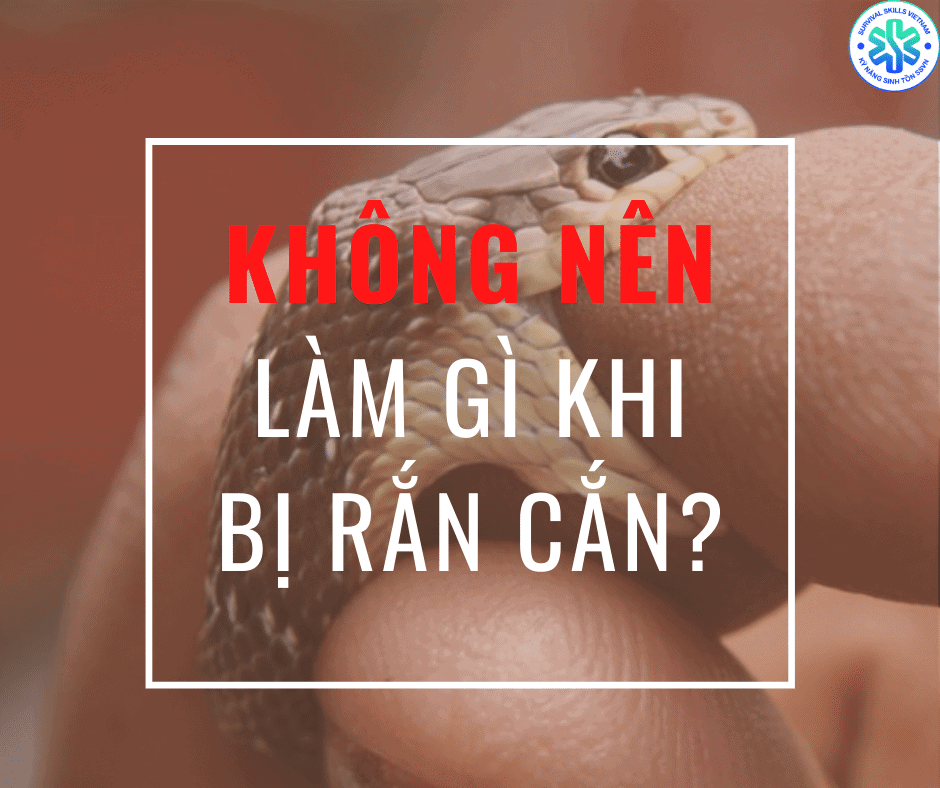
There have been many patients who were bitten by snakes but were late to the hospital because they struggled to apply folk experiences for first aid. When there are symptoms of respiratory failure (cyanosis, shortness of breath, etc.), they are taken to the hospital, at this time the treatment is very difficult. There are many first-aid cases that many people suffer from blood-borne gangrene, septicemia, and even death.
When bitten by a snake, people SHOULD NOT do by following:
- Tie by tourniquet: A tourniquet is a measure that completely block an artery. Don’t think that the tourniquet will stop the poison going deep. It is painful, dangerous and does not last for more than 40 minutes. Tying tourniquet will prevent the blood from reaching the tied location, making it easier to necrosis. When the doctor removes the bandage, the poison will simultaneously rush to the heart, causing the patient to go into shock, life-threatening.
- Sting, slit, suck blood at the bitten site : These measures have no benefit, causing additional harm to the victim such as damage to blood vessels, nerves, bleeding that is difficult to stop, and more serious infection.
- Appying a cold compress :Proven to cause damage to injury.
- Using leaves to cover according to folk remedies: Must use the right medicine, type of leaves for first aid. Tuy nhiên những điều này chưa được nghiên cứu rõ ràng về công dụng. If the wrong type of plaster is used on the bite injury, it can cause further infection, and when ingested, it can be harmful to the victim. Therefore, it is best to take the victim to the hospital for proper treatment.
- Try to catch the snake and bring it to the hospital: The reason why a snake bites a person first time is that it needs to escape and defend itself. After being bitten, the more you chase and try to catch the snake, the more violent the attack will be. Many people think that they should bring the bitten snake to the hospital so that the doctor knows what kind of snake for easy handling. In fact, snake venom needs to go through many stages to give medicine, consider the extent of the effect of venom in the body to diagnose. So there is NO NEED and SHOULD NOT bring the snake to the hospital, alive snakes will be very dangerous in crowded areas. You just need to describe the snake (striations, color, head shape…) if you had observation in time, had a phone to take a picture and let the doctor know. Or the doctor can identify the type of snake by the bite on the skin himself.